Opinion | AP classes are unwelcoming, isolating for students of color
December 16, 2022
When most people think of safety, they think of the classic definition of it, which is “the condition of being protected from or unlikely to cause danger, risk, or injury.” While this definition is true for a lot of aspects in my life, safety within my schooling means something very different than this baseline definition. Safety within schools has been an extremely important and complex topic within the United States, as we are currently recovering from the traumatic repercussions of the over 35 school shootings that have occurred in 2022 alone. We usually think of safety in a more literal sense, such as being protected from a bullet to the chest or the threat of a natural disaster or fire. I can accredit ETHS for making me feel physically safe at school, with the constant drills, safety officers and procedures that take place. And while safety in the physical sense is extremely pivotal to student wellbeing, I don’t feel “safe” in the areas at school that I come across the most: my AP classes.
When thinking about the issue of diversity within classrooms, it can be hard to pinpoint who exactly to “blame” for the lack of it when there are several institutions in place that systematically keep Black and brown folks from taking rigorous classes. And even when these students gain access to these courses, there are few structures in place to ensure they feel welcomed or supported. I can’t say that I blame the school or my teacher or my peers—but I can say that being either one of the only (or the only) Black girls in my AP classes puts me in danger.
During my junior year, I took several AP classes, including AP English Language and Composition. My class was at least 90 percent white, with only a few other students of color and two other Black students. Within this environment, it was extremely difficult for me to take part in conversations about the Black experience or Black history, because those conversations often fell flat in a class where most students could not or would not relate. For example, when we began to read Frederick Douglass’ famous autobiography depicting his vicious treatment as a slave, The Narrative of a Life of a Slave, my English class became particularly dangerous. If you’ve read the book, you know that the subject matter is extremely heavy and traumatic, especially for Black students whose ancestors were in fact enslaved. While none of us can ever understand the experiences of people who were made into literal property, I related personally and deeply to the immeasurable pain that Douglass was describing within his life story. This pain intensified when I realized that there were white students in my class who related to this tragic autobiography the same way they did any other book. In fact, I remember a conversation with one of my white peers about the reading:
“I didn’t do the reading because the book was just soooo boring! Did you?”
Yes, I did do the reading, and I didn’t find it boring because it wasn’t just Douglass’ story, it was the story of my own ancestors, and those of the other Black folks around me. That is what I wanted to say, but at that moment I simply had no words.
I felt isolated and unsafe. I looked around the room and realized that the history of my ancestors’ physical and psychological torture may not matter to anyone around me. To make matters worse, we were then given an assignment where we were instructed to write a letter to a slave owner, using Douglass’ work to explain why slavery was wrong. We were instructed to use formal letter language (i.e. Dear Mr. Brown) and rhetorical devices to empathize with slave owners to convince them why bondage should be abolished. I was mortified. I knew that this would never have been allowed in other situations where people’s humanity is automatically recognized. For example, if a teacher would have asked students to use the Diary of Anne Frank to write a letter to Hitler about why the Holocaust was bad, it would be obvious why that assignment should never be allowed. Or if students were asked to write a letter to rapist explaining why rape is bad, again, it would be obvious that this was an incredibly offensive request. Yet, somehow asking students, especially Black students, to write to someone who owned people the same way they owned furniture—someone who raped, mercilessly beat, and emotionally terrorized men, women, and children, someone who ripped babies from their mothers arms like you take puppies from a litter to sell—somehow that doesn’t register as a problem. Thankfully, after complaining, our teacher retracted the assignment and apologized to the class, but it is not the first time this assignment was given, and it is an example of the kinds of things that make AP classes particularly dangerous for Black students.
The fact of the matter is that stories like these are far from uncommon for Black students in AP classes. AP courses, where the percentage of Black students often does not reflect the overall diversity within the school, creates danger for students of color.. So when asked the burning question, How do I define safety at ETHS?, I say that I don’t define it simply as a person such as a safety officer, or a metal detector, a fire drill, or security at the front of the school. I define safety as feeling emotionally safe. Safety is a feeling of belonging, a feeling that you matter, and that the people and issues that are important to you are important to other people. I don’t worry about being physically in danger at my school. But I don’t feel safe here either.


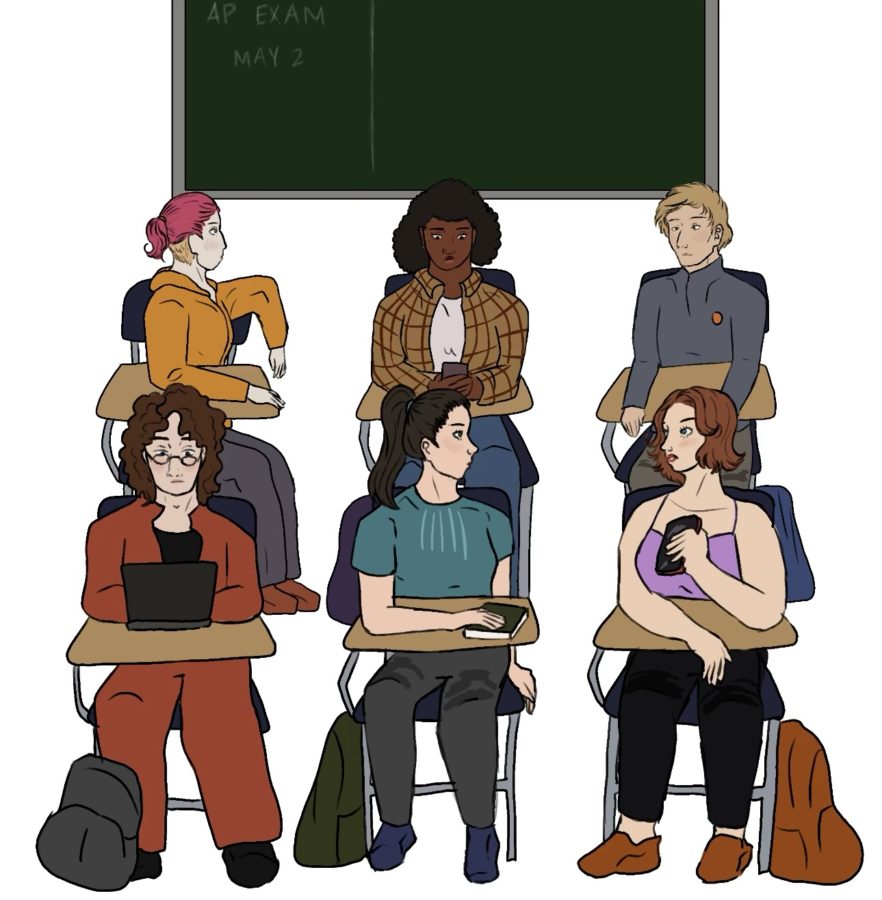
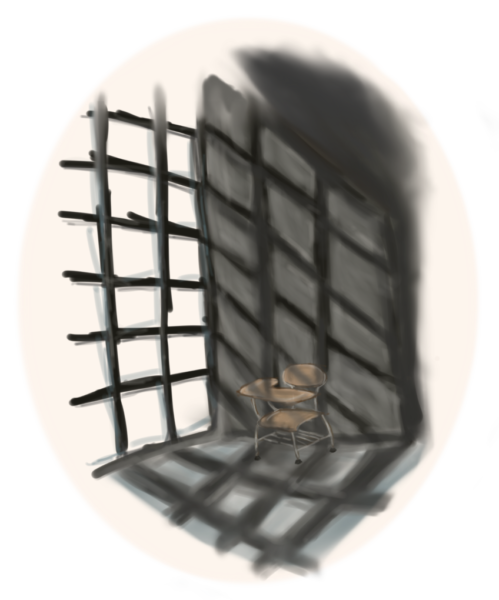
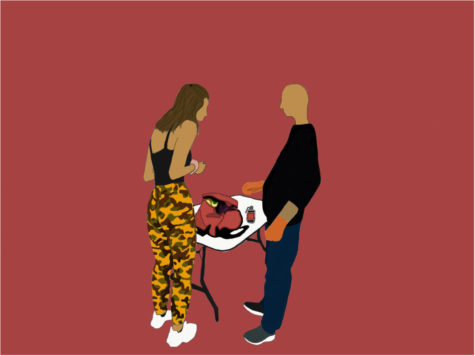
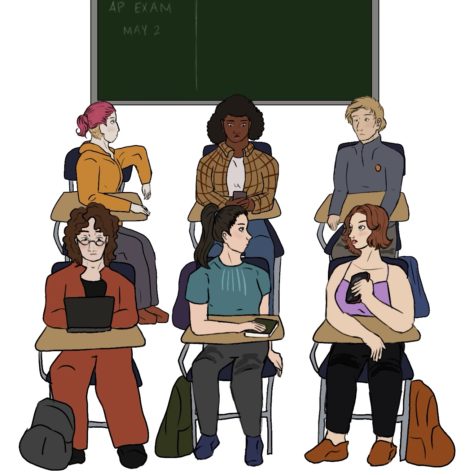


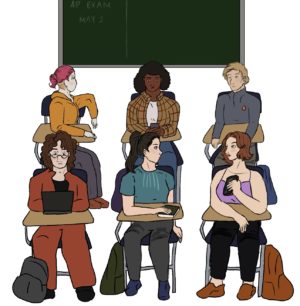












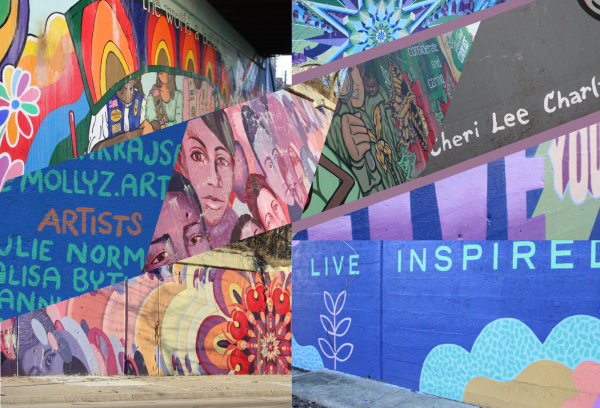
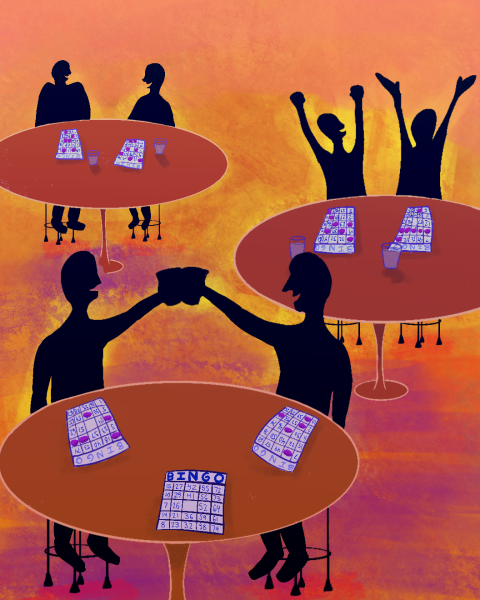


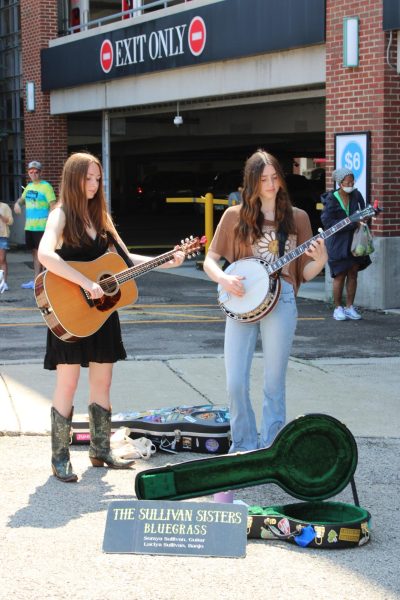
G.Ohlson • Dec 16, 2022 at 2:21 pm
As a parent of a biracial-black child, I read your well-written both eager to get your perspective and frustrated and sad for this experience. My daughter is a sophomore in several honors classes and is planning on taking at least three AP classes next year and I’m not sure feels unsafe but we’ve definitely discussed being the only or one of a couple as made her feel uncomfortable and confused at times with respect to both some teacher and some classmate behavior. Thank you for your courage that bring this important issue to light.